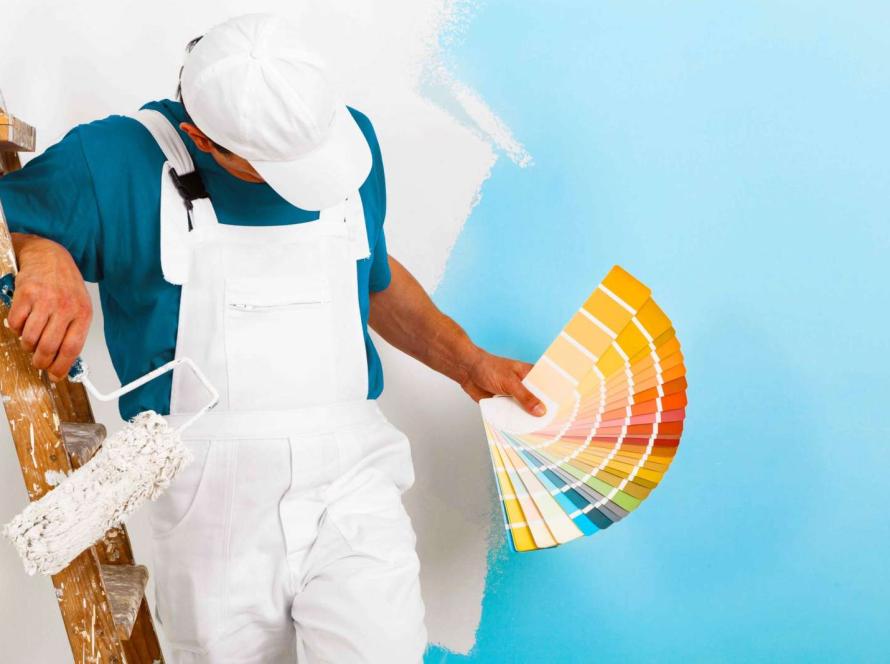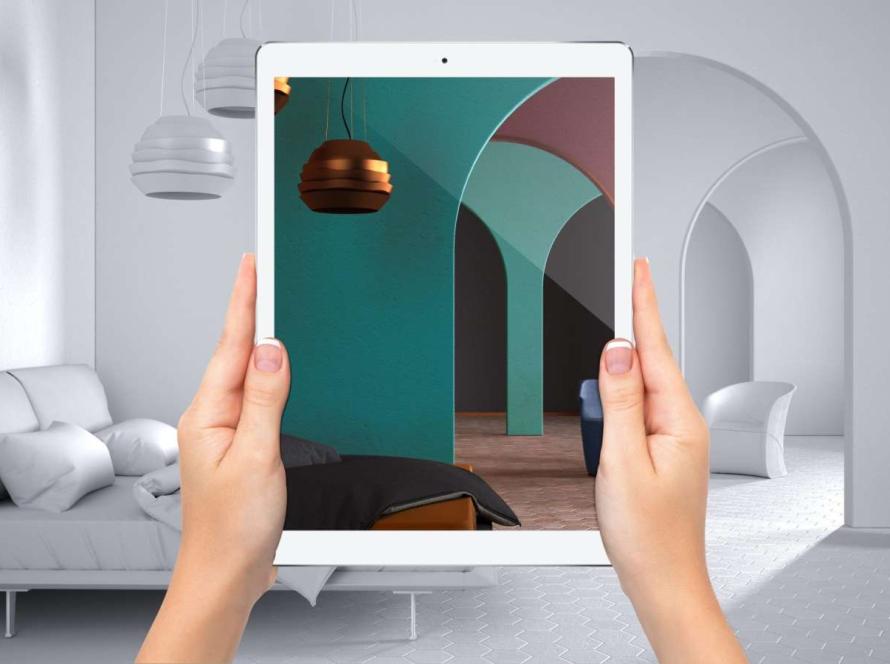You dream about transforming your home’s look with stone panels. But you want to avoid the mess, cost, and time that real stone demands. What do you do?
The answer is faux stone panels!
Today we’re navigating through the many panel options for the ones that promise durability, affordability, and that perfect aesthetic flair.
Whether it’s elevating your home’s exterior charm or adding a touch of elegance to your interior walls, we’ve got the secret to selecting the best faux stone panels for a seamless blend of beauty and practicality.

Understanding Faux Stone Panels
Faux stone panels are a smart choice for anyone looking to add a touch of elegance to their home without breaking the bank. These panels mimic the look of real stone but are made from materials like high-density polyurethane. This makes them both lightweight and affordable.
Unlike natural stone, which can be heavy and requires a complex installation process, faux stone panels are designed for easy setup. This means you can give your home a stunning makeover without needing a team of professionals.
One of the best things about faux stone panels is their versatility. They can be used inside your home, like on interior walls to create a cozy fireplace backdrop or as an accent wall that adds character to any room.
They’re also great for outdoor use, providing a way to enhance your home’s curb appeal with beautiful stone siding. This flexibility allows you to use them in various projects, from updating your kitchen to giving your exterior a facelift.
The benefits of choosing faux stone panels over real stone go beyond just their look and cost. These panels are designed to last, able to withstand weather and wear over time without losing their beauty.
Plus, their lightweight nature makes them a breeze to install. You can often do it yourself over a weekend, saving money on labor costs.
Factors to Consider
First up, think about the panel’s durability and quality. High-quality faux stone panels can stand up to the elements, resist fading from the sun, and handle the wear and tear of daily life. You want to make sure the panels you choose will look great for years to come, without cracking or peeling away.
Texture and Aesthetics
Their texture plays a big role in its overall look. Some panels have a smooth finish, while others feature a more rugged, natural stone texture. The right texture can add depth and realism to the panel, making it almost indistinguishable from real stone.
Paying attention to aesthetics also means considering how the panel’s color and style will fit with your home’s current design. It’s all about finding a balance that enhances your space.
Color Selection
Choosing the right color for your faux stone panels is essential. You’ll find a wide range of colors available, from cool grays to warm browns.
Select a color that complements your home’s existing palette. Whether you’re looking for a bold contrast or a subtle addition, the right color can make all the difference.
Size and Installation Ease
Lastly, consider the size of the panels and how easy they are to install. Some panels come in large sheets, while others are smaller, individual stones.
Larger sheets can cover more area with fewer seams, making for a quicker installation. However, smaller stones might offer more flexibility in design.
The ease of installation is also important. Many faux stone products are designed for DIY projects, meaning you can save on installation costs if you’re handy.
Faux Stone Panel for Interior Walls
There’s a wide variety of faux stone panels available, each offering a unique look. Some mimic the rugged surface of fieldstone. Others resemble the smooth, geometric pattern of stacked stone.
Ledger stone panels have a layered appearance and can add depth and interest to an accent wall. River rock panels bring a softer, rounded stone look that can complement a more relaxed, natural setting.
Matching Interior Décor
Selecting the right faux stone panel involves considering your current interior decor. For a modern home, sleek and minimalistic panels with cleaner lines might be the best fit.
A traditional or rustic home could benefit from panels with a more textured and natural appearance. The key is to choose a style that enhances your existing furnishings and color scheme, tying the room’s elements together harmoniously.
Installation Tips for Interior Applications
Installing these panels is a manageable project for those who enjoy DIY. Before starting, ensure you have the right tools and materials.
You’ll need a measuring tape, a saw for cutting the panels to size, adhesive, and possibly some additional hardware for securing the panels. Begin by measuring your space carefully and planning the layout to minimize waste.
Clean and prepare the wall to ensure a strong bond, then start applying the panels from the bottom up. Press firmly and allow the adhesive to set according to the manufacturer’s instructions.
Faux Stone Siding for Exterior Use
When you’re looking to boost your home’s curb appeal, faux stone siding is a game-changer. This type of siding adds the beauty and texture of stone without the high cost and installation challenges of real stone.
It’s perfect for enhancing the exterior of your home, from the front facade to garden walls.
Faux stone siding comes in many types, each offering a unique look and feel. You might choose vinyl stone siding, which is lightweight and comes in a variety of styles and colors. Another popular option is polyurethane-based faux stone, which is known for its durability and realistic appearance.
Weather Resistance and Maintenance
One of the great advantages of faux stone siding is its resistance to weather. High-quality faux stone can withstand rain, snow, and sun, maintaining its color and integrity over time.
Maintenance is also straightforward. Unlike real stone, which may require resealing, faux stone simply needs occasional cleaning with water and mild detergent to keep it looking fresh.
Enhancing Curb Appeal
Choosing the right faux stone siding can significantly enhance your home’s curb appeal. Think about the architectural style of your home and the natural landscape around it.
A rustic stone look might complement a country home. And a more uniform and smooth stone could enhance a modern dwelling. Besides aesthetic considerations, installing faux stone siding can also be a practical decision, potentially increasing your home’s value due to its improved appearance and durability.
Faux Stone Panel Installation
Installing faux stone panels is a straightforward task that can dramatically change the look of your home.
Before you start, gather a tape measure, a level, a saw (preferably a circular saw or a jigsaw for cutting the panels), construction adhesive, and possibly screws or nails for extra support. Also, having a drill on hand can help make pilot holes if you’re attaching panels to a harder surface.
Step-by-Step Guide
First, measure your space accurately to determine how many panels you’ll need. It’s always a good idea to purchase a little extra to account for any mistakes or adjustments during the installation.
Clean the surface where you’ll be applying the panels to ensure it’s free of dust and debris. This helps the adhesive bond better.
Begin at the bottom corner of the area you’re covering and apply construction adhesive to the back of the first panel. Press it firmly against the wall, using a level to make sure it’s straight.
If you’re working on a particularly smooth surface, you might also want to use screws or nails for added security. Continue placing each panel closely next to the previous one, cutting them to fit as necessary. Always check that each new panel is level with the ones before it.
Common Mistakes to Avoid
A common mistake is not allowing for expansion and contraction, which can cause the panels to warp or shift. Leave a small gap between panels and at the edges to prevent this.
Also, rushing through the layout planning can result in a less appealing finish. Take your time to lay out your panels before attaching them, especially around corners and edges, to ensure the pattern looks natural.
Repairing Damaged Panels
Although faux stone panels are tough, they can sometimes get damaged. If you notice a chip or crack, it’s best to deal with it promptly.
Many manufacturers offer repair kits matched to the color and texture of their panels. Following the instructions in these kits, you can fill in damaged areas, making them nearly invisible.
If a panel is severely damaged, it might be best to replace it. This is where buying extra panels at the time of installation can come in handy, ensuring you have a perfect match.

Finding the Best Faux Stone Panels for Your Home

Compare Quotes from Top-rated Remodeling Contractors in your area.
Choosing the best faux stone panels elevates your home’s aesthetic, blending durability with style. Embrace the transformative power of these panels and enjoy a beautifully enhanced home.
Not sure where to start? Alpha Living can instantly pair you with top-rated remodeling contractors so you can compare options and save. Enter your zip here to find top-rated remodeling pros in your area and get free quotes!





Facebook
Comments